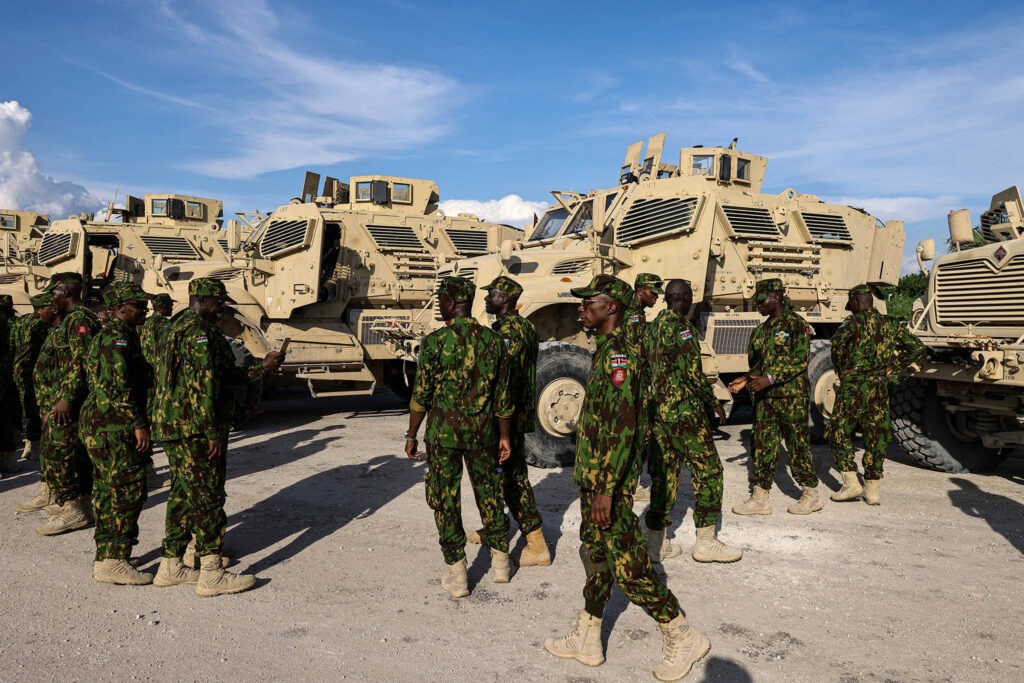
1.0 Introduction
On August 28, 2025, the United States, in partnership with Panama, proposed a UN Gang Suppression Force, replacing Kenya in command to confront Haiti’s escalating gang violence and fortify mission leadership. Armed gangs now control 85–90% of Port-au-Prince, displacing over 1.3 million people and leaving 4.7 million food insecure (UN OCHA, 2025). This bold US initiative, brokered via the Organization of American States (OAS), blends humanitarian rationale with strategic geopolitical maneuvering (OAS, 2025). Washington’s intervention is a calculated assertion of influence: leveraging Panama and the OAS, it sidelines Kenya’s Multinational Security Support (MSS) leadership while asserting normative authority. The timing is deliberate, as rising Haitian migration to the US and surging gang control amplify domestic and regional pressures (Reuters, 2025). This commentary interrogates the reason for the U.S.’s current actions, the hidden strategic cards, and implications for African agency in multilateral peace operations. Haiti offers a cautionary template: it exposes how external powers manipulate multilateral frameworks, potentially marginalizing African leadership and undermining regional credibility. For Eastern Africa, Kenya’s MSS command represents both operational and symbolic stakes. Understanding the dynamics is critical for designing hybrid peace operations that safeguard African autonomy, enforce governance-security integration, and counter subtle external leverage (USIP, 2025).
2.0 Key Issues
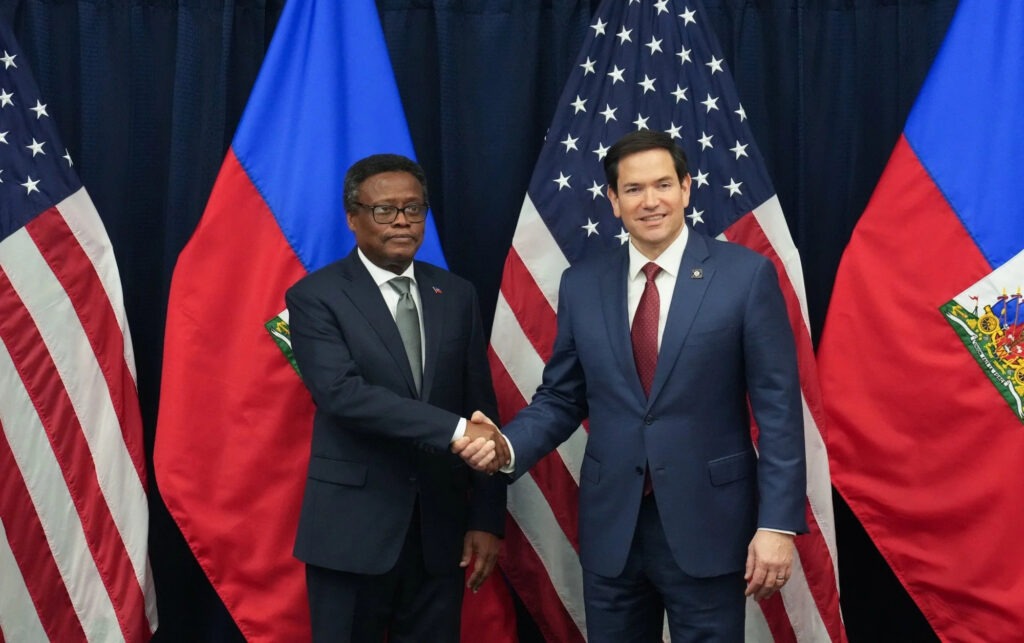
2.1. U.S. Strategic Leverage in Haiti
The US seizes Haiti as a strategic lever, orchestrating intervention through the OAS while projecting neutrality. Rising gang violence—85–90% control of Port-au-Prince—and surging migration to the US create domestic and humanitarian imperatives. By designating gangs like Viv Ansanm and Gran Grif as Foreign Terrorist Organizations (US Department of State, 2025), Washington gains legal cover and sets new international norms. Partnering with Panama, the US consolidates operational command, subtly sidelining Kenya’s MSS leadership and eroding African agency (ICG, 2025). Timing is deliberate: vetoes by Russia and China block direct UN action, forcing US reliance on proxy mechanisms. For Eastern Africa, Haiti is a warning—external powers can manipulate multilateral frameworks to dictate operational priorities and suppress regional influence. African-led missions, whether in Somalia or South Sudan, may face similar marginalization unless command authority, operational discretion, and strategic foresight are asserted. Haiti demonstrates that without proactive African agency, operational legitimacy and regional credibility are at risk (USIP, 2025).
2.2. Multilateral Veneer as US Proxy
The OAS functions as the US’s multilateral cover, enabling influence without direct troop deployment (OAS, 2025). Through the $2.6 billion Roadmap for Stability and Peace, Washington shapes Haitian reforms, operational sequencing, and normative framing, while projecting a neutral image. Kenya’s MSS command is vulnerable: parallel US–OAS coordination threatens to erode decision-making authority, regional credibility, and African-led mission integrity (USIP, 2025). Haiti illustrates how hybrid peace operations can be instruments of external control, masking strategic objectives under humanitarian pretenses. Eastern African actors must anticipate such leverage. AU- or IGAD-led missions could be constrained if the multilateral authority is subordinated. Operational discretion, strategic initiative, and governance-security integration are essential to maintain credibility. Kenya’s experience signals that robust command protocols, authority safeguards, and embedded reporting mechanisms are critical to resist marginalization in complex, multi-layered interventions (ICG, 2025).
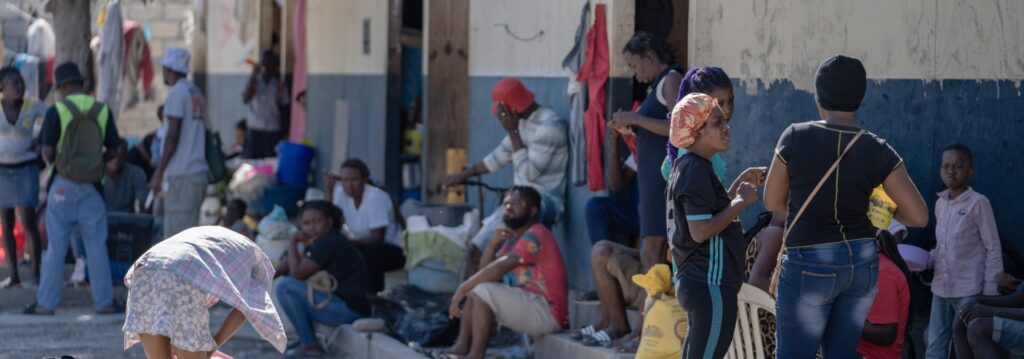
2.3. Kenyan Leadership Under Siege
Kenya’s MSS mission faces direct displacement as the US–Panama initiative assumes command. Parallel structures threaten operational control, strategic decision-making, and regional legitimacy (ICG, 2025). This is a warning for Eastern Africa: African-led missions in Somalia, South Sudan, or border zones could similarly be subordinated to external agendas. Haiti exemplifies the fragility of African agency in hybrid peace operations. Operational authority must be safeguarded through formal AU/IGAD protocols, robust reporting, and strategic foresight (USIP, 2025). Failure to assert command risks marginalization, reputational damage, and weakened influence in global multilateral platforms. The hidden card—US leverage through the OAS—exposes how external powers manipulate timing, resources, and normative framing to secure dominance. African actors must anticipate external interventions, safeguard operational discretion, and maintain credibility to preserve regional leadership and mission efficacy in fragile contexts.
2.4. Security-Humanitarian Nexus
Haiti’s crisis is a stark reminder that security and humanitarian gaps intersect to amplify instability (UNICEF, 2025). Over 1.3 million displaced, schools were closed, and child recruitment surged 700%, with minors comprising roughly half of gang members. Interventions ignoring humanitarian imperatives risk hollow peace and eroded legitimacy. For Eastern Africa, Kenya’s MSS experience demonstrates the stakes: hybrid operations must integrate security, governance, and humanitarian metrics to maintain public trust. Dashboards tracking civilian protection, IDP returns, and service restoration are critical (UN OCHA, 2025). Aligning governance and security reduces susceptibility to external manipulation and reinforces African-led credibility. Haiti provides a template: without integrated, evidence-based operations, African-led missions risk inefficiency, marginalization, and strategic compromise in fragile contexts such as Somalia, South Sudan, and border security zones (USIP, 2025).
3.0 Conclusion
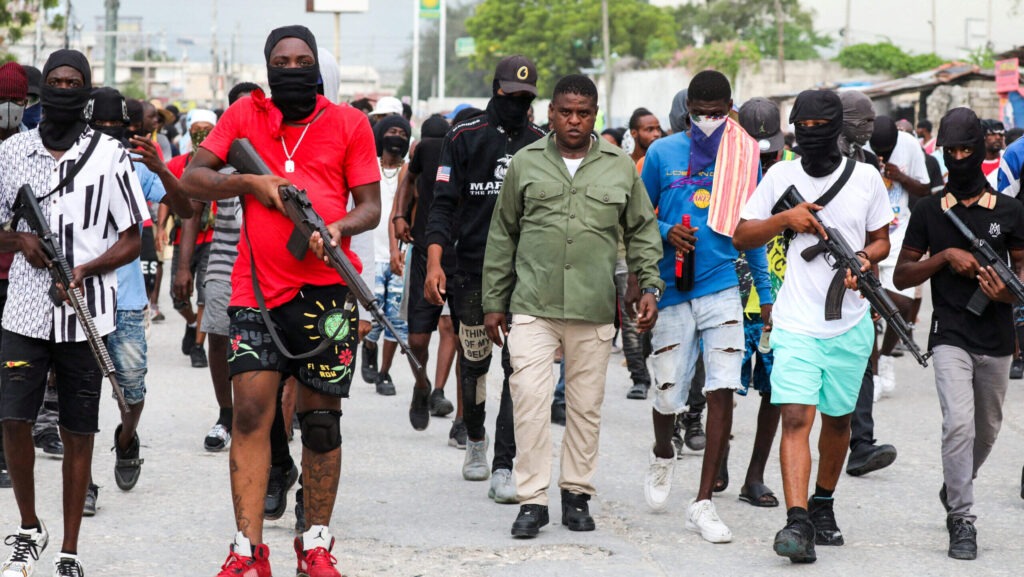
The US–Panama proposal to replace Kenya in MSS leadership in Haiti epitomizes the convergence of timing, multilateral leverage, operational command, and normative signaling. African-led missions, exemplified by Kenya’s MSS, face displacement and diminished authority (ICG, 2025). Haiti is both a cautionary and instructive template: without proactive sequencing of security with governance, embedding humanitarian metrics, and asserting command authority, African missions risk marginalization and reputational loss. Strategic engagement with multilateral platforms, reinforced by evidence-based monitoring, safeguards operational autonomy and regional credibility (USIP, 2025). Eastern Africa actors must internalize lessons: anticipate external leverage, preserve leadership, and integrate governance-security-humanitarian metrics to ensure durable stabilization. Haiti warns that global power projection via multilateral mechanisms is deliberate; African agency can only endure through foresight, assertive command, and evidence-based operational rigor. Hybrid peace operations in Somalia, South Sudan, and border zones must reflect these principles to survive and thrive.
4.0 Policy Recommendations
4.1. Synchronize Security and Governance
African-led missions must sequence security interventions with governance readiness (ICG, 2025). Hybrid peace operations require simultaneous attention to local councils, school reopening, and service delivery alongside security milestones. Haiti demonstrates that interventions divorced from governance risk hollow outcomes and external manipulation. Evidence-based sequencing reinforces operational legitimacy and strategic autonomy. Eastern African actors should implement integrated KPIs, dashboards, and civilian protection metrics to ensure African-led missions maintain credibility, community acceptance, and resilience against external influence (USIP, 2025).
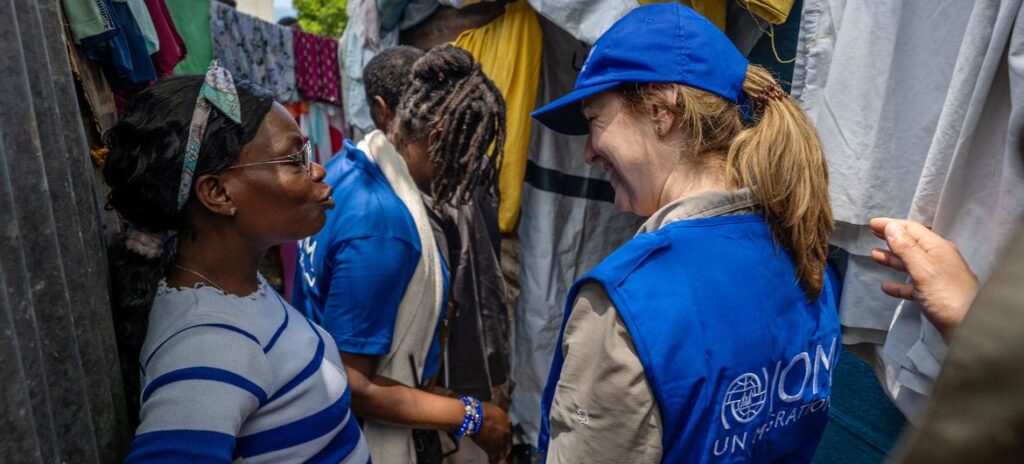
4.2. Guard African Command
Kenya’s MSS experience reveals African command vulnerability (USIP, 2025). Retaining operational authority requires formal AU/IGAD protocols, strategic negotiation, and robust reporting. Command and control over troop deployment, engagement rules, and civilian protection ensures mission credibility. Failure to assert authority risks marginalization, reputational loss, and weakened influence in multilateral interventions. Eastern African actors must anticipate external pressures, safeguard leadership, and embed operational autonomy in planning and execution to secure strategic and symbolic stakes.
4.3. Strategic Engagement with Multilateral Platforms
The OAS experience underscores the duality of multilateral platforms: legitimacy versus influence (OAS, 2025). African actors should engage strategically to access logistical, financial, and technical support without relinquishing operational control. Carefully calibrated collaboration allows AU- or IGAD-led missions to maintain priorities, rules of engagement, and civilian protection mandates. Haiti illustrates that external powers may exploit platforms for strategic gain; Eastern African missions must leverage multilateral backing to enhance, not compromise, African agency and hybrid peace operation effectiveness (USIP, 2025).
4.4. Evidence-Based Operations
Haiti’s crisis demonstrates that real-time monitoring and integrated metrics strengthen legitimacy (UNICEF, 2025). Eastern African missions should embed dashboards tracking troop deployment, IDP returns, civilian casualties, and service restoration. Independent oversight and human-rights verification enable adaptive responses and mitigate external manipulation. Evidence-based operations empower African-led command, reinforce accountability, and enhance strategic autonomy. This approach ensures hybrid peace operations remain responsive, credible, and aligned with regional priorities while maintaining legitimacy in the eyes of local populations and international stakeholders (USIP, 2025).
References
ICG. (2025). Haiti 2025: Geopolitical dynamics and intervention. International Crisis Group. https://www.crisisgroup.org/haiti-2025
OAS. (2025, August 20). Roadmap for stability and peace in Haiti. Organization of American States. https://www.oas.org/en/haiti-roadmap
UNICEF. (2025). Child recruitment and humanitarian crises in Haiti. United Nations Children’s Fund.https://www.unicef.org/haiti/child-recruitment
UN OCHA. (2025, May). Haiti situation report May 2025. United Nations Office for the Coordination of Humanitarian Affairs. https://www.unocha.org/haiti-2025-sitrep
USIP. (2025). Multinational Security Support Mission and Lessons for the African Agency. United States Institute of Peace. https://www.usip.org/haiti-mss
US Department of State. (2025, May 2). Designation of Haitian gangs as Foreign Terrorist Organizations.https://www.state.gov/haiti-gang-intervention
Reuters. (2025, August 28). U.S. intervention in Haiti: Timing and strategy. https://www.reuters.com/world/us-haiti-intervention
